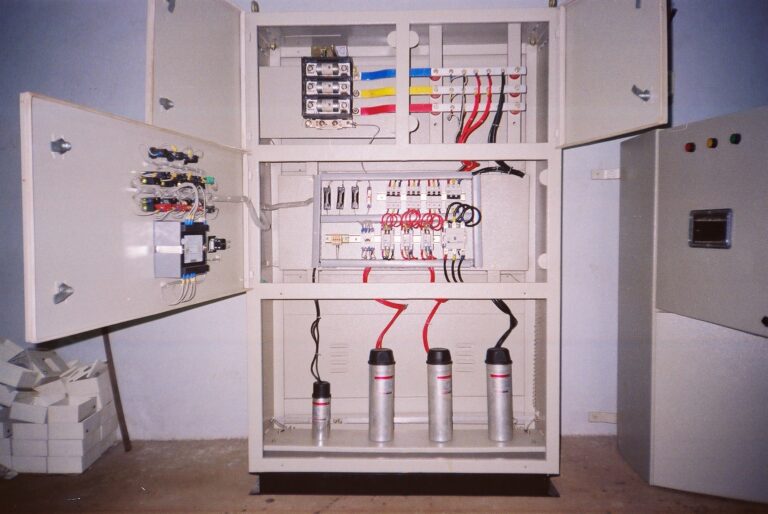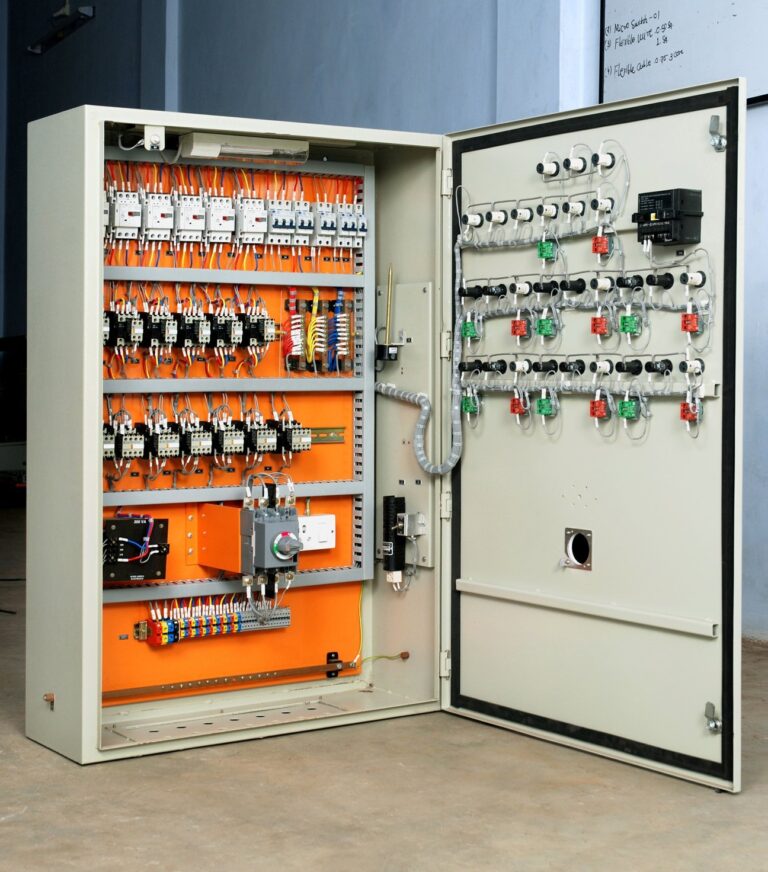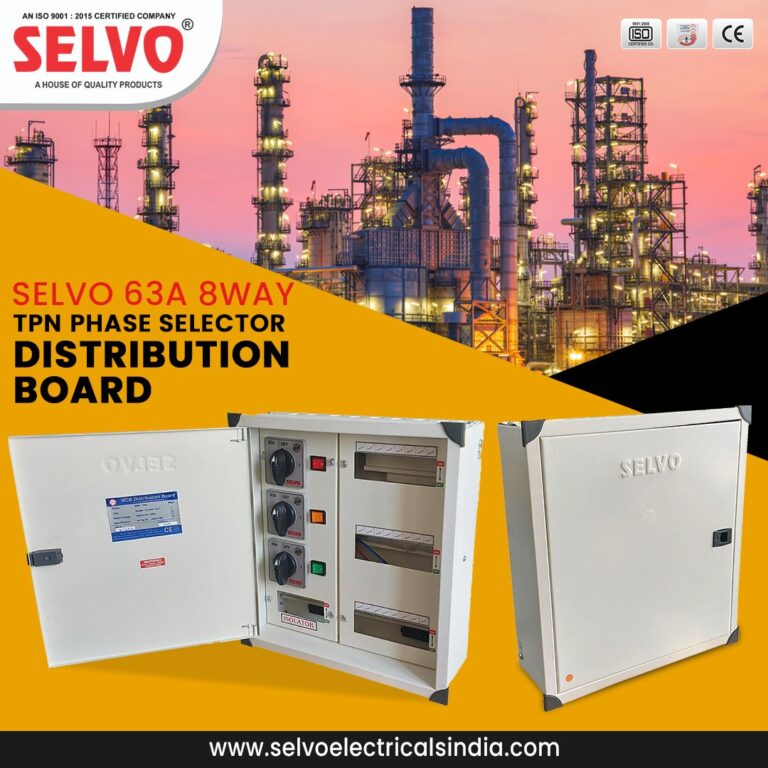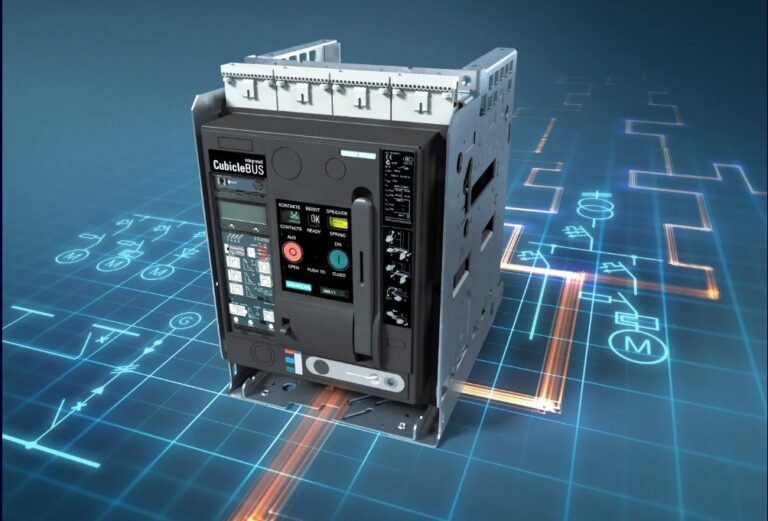Understanding Substations: The Backbone of Our Electrical Grid

In our increasingly electrified world, the reliability and efficiency of our electrical grid are paramount. At the heart of this complex system lies a critical component known as substations. While often overlooked, sub-stations play a vital role in ensuring that electricity is transmitted and distributed effectively, making them the backbone of our electrical infrastructure.
What is a Substation?
A substation is a facility in the electrical grid where voltage is transformed, managed, and distributed. It serves as an intermediary point between power generation facilities—such as power plants—and the end users, including homes, businesses, and industries. It perform several key functions, including voltage transformation, switching, and protection.
Voltage Transformation
One of the primary functions of is to change voltage levels. Electricity generated at power plants is typically produced at a low voltage. However, to efficiently transmit electricity over long distances, it must be stepped up to a higher voltage. This high-voltage electricity reduces energy loss during transmission. When the electricity reaches a sub-station closer to consumers, the voltage is stepped down to a safer level for distribution. This process is crucial for maintaining energy efficiency and reducing transmission losses.
Switching and Control
It also act as control points in the electrical grid. They manage the flow of electricity by directing it through various paths, depending on demand and supply. This switching capability ensures that electricity can be rerouted in case of maintenance, faults, or outages, allowing for continuous service and enhancing the resilience of the grid. Advanced sub-stations may incorporate smart grid technologies that enable real-time monitoring and control, making the system more responsive to changes in electricity demand.
Protection Systems
Safety is another critical aspect of sub-stations. They are equipped with protection systems that detect faults—such as short circuits or equipment failures—and automatically isolate affected sections of the grid. This prevents damage to infrastructure and reduces the risk of widespread outages. Sub-station operators continuously monitor these systems to ensure optimal performance and rapid response to any issues.
Types of Substations
Sub-stations can be classified into various types based on their function:
Transmission Substations: These are designed to handle high-voltage electricity and facilitate the transfer of power over long distances.
Distribution Substations: These convert high-voltage electricity into lower voltages suitable for delivery to homes and businesses.
Switching Substations: Their primary function is to switch power from one line to another without altering voltage levels, thus ensuring reliability in the system.
Converter Substations: Used primarily in systems involving high-voltage direct current (HVDC) transmission, these substations convert alternating current (AC) to DC and vice versa.
Environmental and Technological Considerations
As society becomes increasingly aware of environmental issues, the design and operation of sub-stations have evolved. Modern substations are often constructed with sustainability in mind, utilizing eco-friendly materials and reducing their carbon footprint. The integration of smart technology enhances the efficiency , allowing for better monitoring, control, and predictive maintenance.
Conclusion
Substations may not be the most glamorous aspect of our electrical grid, but their significance cannot be overstated. They ensure the safe and efficient delivery of electricity from generation to consumption, making them a crucial component of our modern infrastructure. As we continue to advance toward more sustainable and reliable energy systems, understanding the role of sub-stations will be essential in shaping the future of our electrical landscape. The next time you flip a switch and enjoy the comfort of electricity, take a moment to appreciate the silent guardians working tirelessly behind the scenes—our substations.
Thank you for your time for have a good read , also visit our other blogs in which we discussed about different electrical products.







